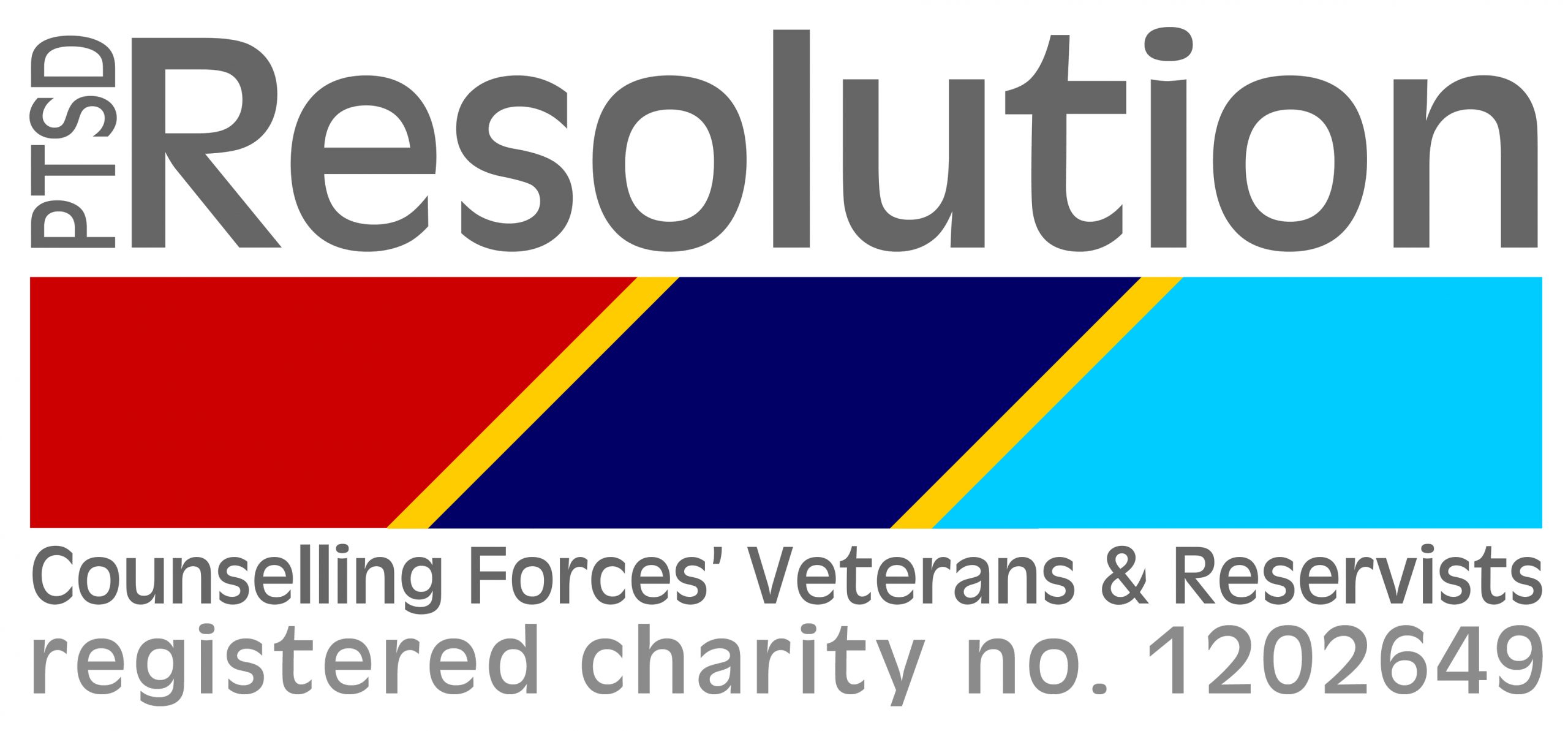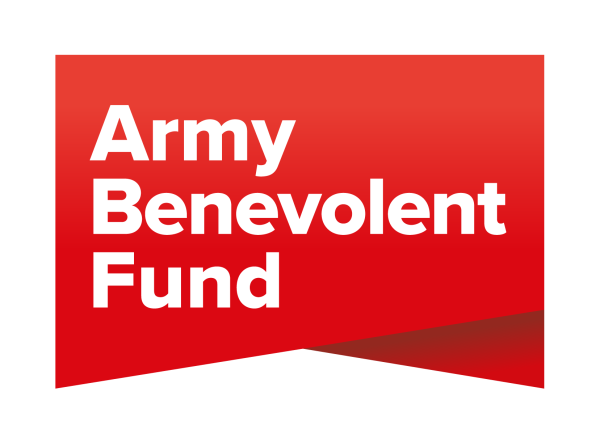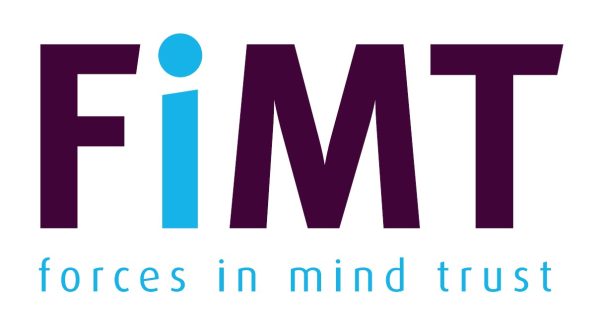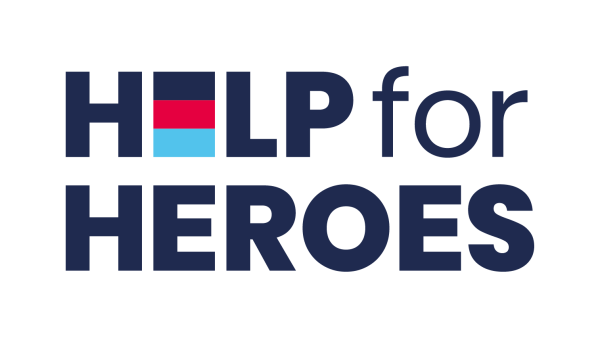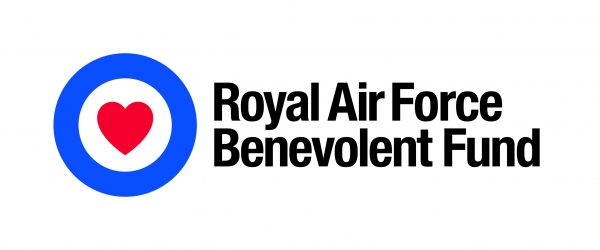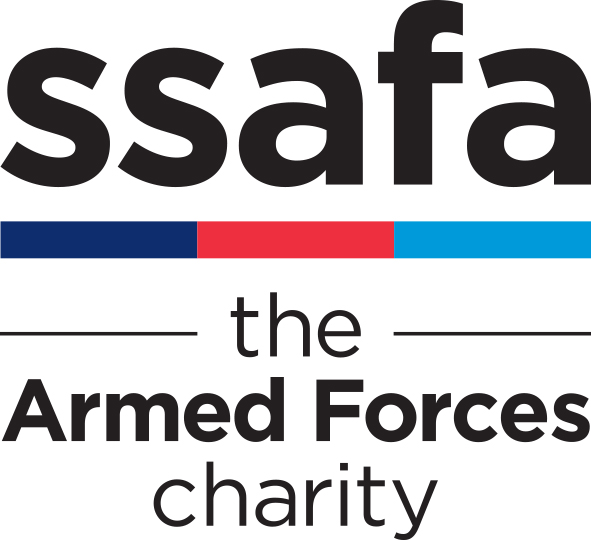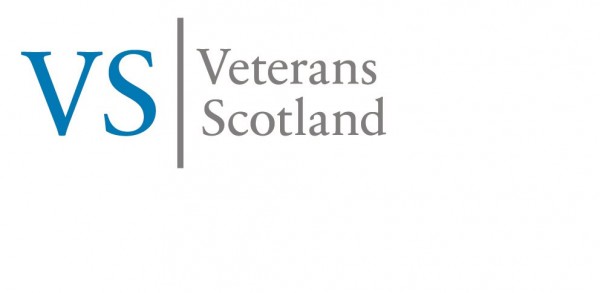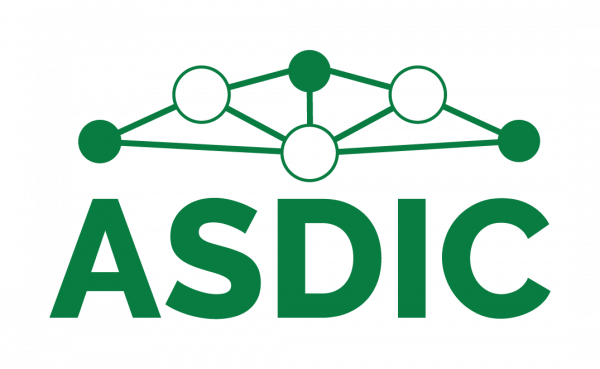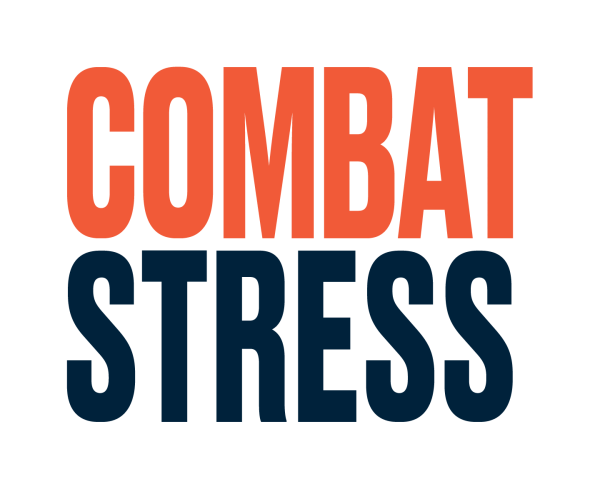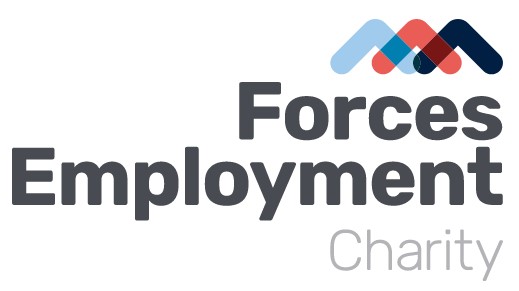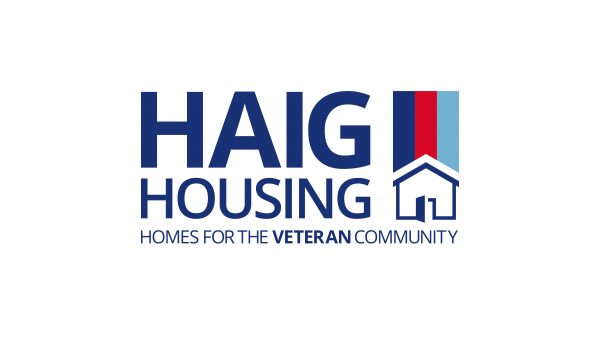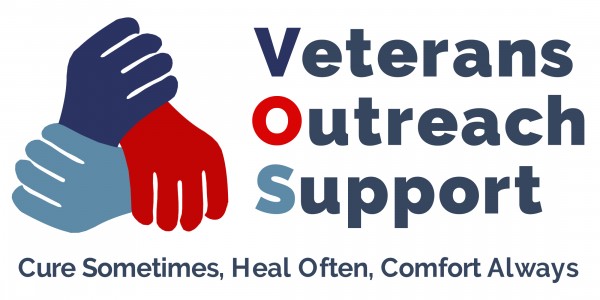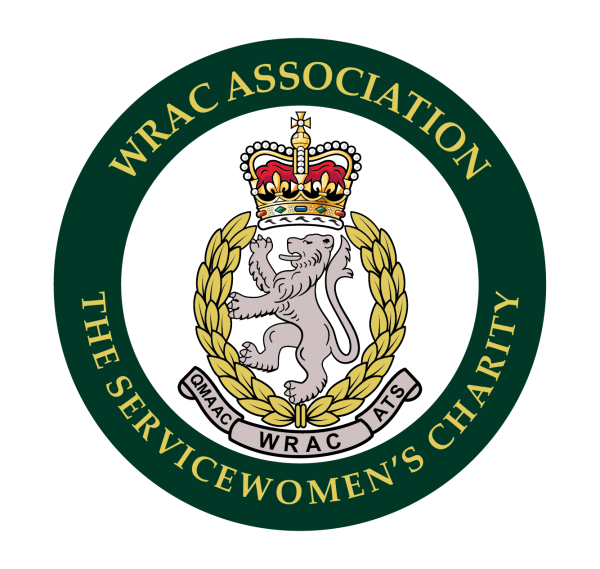As Britain commemorates the 80th anniversary of VE Day, we celebrate the triumph of Allied forces while often overlooking the psychological casualties left in war’s wake. While streets filled with jubilation in May 1945, thousands of British servicemen and women returned home carrying invisible wounds that would affect the rest of their lives – and in many cases, the lives of their families for generations to come.
“Battle Exhaustion”: Naming the Unspeakable
During World War II, military psychiatrists no longer used the term “shell shock” from the Great War. Instead, they described the psychological trauma of combat as “battle exhaustion” or “combat fatigue” – terms that suggested temporary tiredness rather than profound psychological injury. This subtle linguistic shift reflected both evolving understanding and institutional reluctance to acknowledge the deeper wounds of war.
The scale of psychological casualties was staggering. War Office reviews documented that psychiatric casualties constituted between 5% and 30% of all sick and wounded, varying dramatically by theatre and combat intensity. During the Normandy campaign of 1944, psychiatric cases represented between 4.8% and 21% of all casualties across different units. By August 1944, psychiatric cases accounted for 22% of all battle casualties among British forces in Normandy – a remarkable 66% of non-surgical cases.
Colonel Tony Gauvain (Retired), Chairman of PTSD Resolution, notes:
“These figures aren’t just statistics – they represent individual men and women experiencing terror, disorientation, and profound psychological distress while their nation expected them to carry on regardless.”
The Silent Generation: Coping Through Avoidance
For those returning to a war-weary Britain, psychological struggles were often met with societal expectation of stoic silence. The “stiff upper lip” mentality prevailed, creating a generation that rarely, if ever, spoke about their wartime experiences.
One WWII veteran interviewed by the Imperial War Museum reflected:
“We never discussed what happened over there. Not with our wives, not with our children. It wasn’t the done thing. You were supposed to put it behind you and get on with rebuilding the country.”
This culture of silence had profound consequences. By 1953, Ministry of Pensions records show approximately 50,000 war pensions for psychoneurosis in payment, representing about 10% of all WWII disability awards but only 1% of the roughly five million demobilised personnel. This stark disparity between documented cases and likely prevalence highlights how institutional, cultural and personal barriers prevented many veterans from seeking help.
The Curious Case of Delayed Recognition
One of the most striking patterns in WWII veterans’ experience with trauma was the delayed emergence of symptoms and delayed seeking of treatment. Many veterans who had seemingly adjusted well to civilian life began experiencing significant psychological distress decades later.
In the USA, the VA treatment centres reported a remarkable influx of WWII veterans seeking help for the first time in the 1990s – nearly half a century after the war’s end. As veterans entered retirement, the distractions of careers and child-rearing diminished, creating space for long-suppressed memories to resurface. Media coverage and 50th anniversary commemorations often triggered symptoms in those who had previously coped through avoidance.
Longitudinal studies document this pattern clearly: PTSD symptoms were often highest shortly after the war, declined for several decades as veterans built busy civilian lives, and then increased again dramatically as they entered their retirement years. This trajectory challenges the notion that psychological wounds naturally heal with time, demonstrating instead that unaddressed trauma can lie dormant for decades before reasserting itself.
The POW Experience: Britain’s Forgotten Survivors
Among those most severely affected were former prisoners of war, particularly those held in the Far East under horrific conditions. The Liverpool FEPOW (Far East Prisoners of War) study found that 209 out of 602 former Far-East POWs (34.8%) had significant psychiatric morbidity when examined in 1981, nearly four decades after their release.
Structured interviews of 30 FEPOWs revealed that 30% met full DSM-III-R criteria for PTSD, and an astonishing 90% had at least one intrusive or avoidant symptom. Similar patterns emerged in other POW groups, with prevalence rates between 25-40%, depending on camp conditions and treatment severity.
The British government’s response to these psychiatric casualties was shaped by both limited medical understanding and significant financial constraints. The Ministry of Pensions applied stringent criteria for attributing conditions to military service, often arguing that symptoms stemmed from pre-existing vulnerabilities rather than combat exposure. This institutional framing allowed authorities to limit pension liabilities while reinforcing the notion that psychological breakdown represented personal weakness rather than a natural response to extreme stress.
Comparing Conflicts: Then and Now
How do historical rates compare with modern conflicts? Recent research provides illuminating context. King’s College London studies of UK troops deployed to Iraq and Afghanistan show increasing rates over time, with 9% of UK Armed Forces personnel reporting probable PTSD in 2024, up from 6% in 2014/16 and 4% in 2004/2006.
A consistent pattern emerges: veterans consistently show higher rates than active personnel. In 2014/16, 7.4% of ex-regular veterans had probable PTSD compared to 4.8% of those still serving – echoing the delayed-onset pattern observed in WWII veterans. This suggests that the psychological impact of war often surfaces fully only after service has ended, when the protective structures of military life are removed.
Recent research has also identified the significance of Complex PTSD (C-PTSD), with nearly three-quarters (72%) of UK Armed Forces personnel with PTSD meeting the threshold for this more severe condition (2024 King’s College London study). This modern understanding would have provided better treatment frameworks for veterans of extended conflicts like WWII, many of whom experienced multiple traumatic events across years of service.
Meeting Human Needs: The Human Givens Approach
The experiences of WWII veterans highlight the importance of understanding trauma through the lens of fundamental human needs. The Human Givens approach used by PTSD Resolution therapists, developed decades after WWII, offers valuable insights into why so many veterans struggled with readjustment.
This framework recognises that humans have innate emotional and physical needs that must be met for psychological wellbeing. For returning WWII veterans, several essential needs were profoundly disrupted:
- Security and safety: After years of constant danger, many veterans remained hypervigilant in civilian environments, their nervous systems primed for threats that no longer existed.
- Control and autonomy: Military service required surrendering personal autonomy to the chain of command. Civilian life demanded a different kind of self-direction that many found challenging after years of having decisions made for them.
- Status and meaning: The clear purpose and camaraderie of wartime service gave way to civilian roles that sometimes felt mundane or meaningless by comparison.
- Connection and belonging: The intense bonds formed in combat units proved difficult to replicate in civilian settings, leading many veterans to feel isolated even among family.
- Achievement and competence: Skills valued in warfare didn’t always translate to civilian success, leading to feelings of inadequacy or frustration.
Understanding PTSD through this Human Givens framework explains why many veterans struggled despite physically surviving the war. It recognises that trauma disrupts our fundamental needs for safety, connection, and meaning – needs that must be addressed for true recovery to occur.
Effective Treatment: The Rewind Technique
One of the most effective treatments developed within the Human Givens framework is the Rewind Technique, which stands in stark contrast to the limited options available to WWII veterans. This approach allows trauma sufferers to process traumatic memories without having to verbally recount them in detail – addressing one of the key barriers that prevented many WWII veterans from seeking help.
The technique recognises that trauma creates powerful emotional memories that become improperly stored in the brain, constantly triggering the body’s fight-or-flight response. By helping individuals process these memories in a safe, dissociated state, the Rewind Technique allows them to be filed away as normal memories rather than active threats.
PTSD Resolution: Healing Today’s Veterans
PTSD Resolution, founded in 2009, applies these Human Givens principles to help modern veterans overcome trauma. The charity provides free, effective treatment to Veterans, Reservists and their families through a nationwide network of 200 therapists.
Each course of treatment costs the charity an average of £940 and is delivered through an average of seven outpatient sessions. The results are impressive – with PTSD Resolution reporting successful resolution of symptoms in the majority of cases where both client and therapist agree treatment is complete.
Since its founding, PTSD Resolution has received over 4,500 referrals, highlighting the continuing need for effective trauma treatment among military personnel. The charity is unique in that it will treat veterans regardless of their status – including those in prison or struggling with substance abuse issues – populations often excluded from other treatment programmes.
Honouring the Past, Healing the Present
As we mark eight decades since VE Day, we must acknowledge both the visible and invisible sacrifices made by the WWII generation. Their silent battles with what we now understand as PTSD deserve recognition alongside their physical courage.
The evolution in our understanding from “battle fatigue” to PTSD and Complex PTSD represents more than a change in terminology – it reflects a profound shift in how we conceptualise the psychological impact of war. This shift honours the experiences of all veterans by recognising that the invisible wounds of war are as real and deserving of treatment as physical injuries.
Through organisations like PTSD Resolution and approaches like Human Givens Therapy, we can ensure that today’s veterans receive the effective and compassionate treatment that was unavailable to the WWII generation. In doing so, we not only address the needs of current veterans but also honour the legacy of those who suffered in silence for decades.
For more information on PTSD Resolution and how you can support their vital work with today’s veterans, visit www.PTSDresolution.org or call 0300 302 0551. Free, prompt, local and effective treatment is available for all UK Forces’ Veterans, Reservists and family members affected by military trauma.
For further information: www.PTSDresolution.org or call 0300 302 0551
